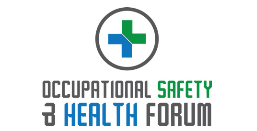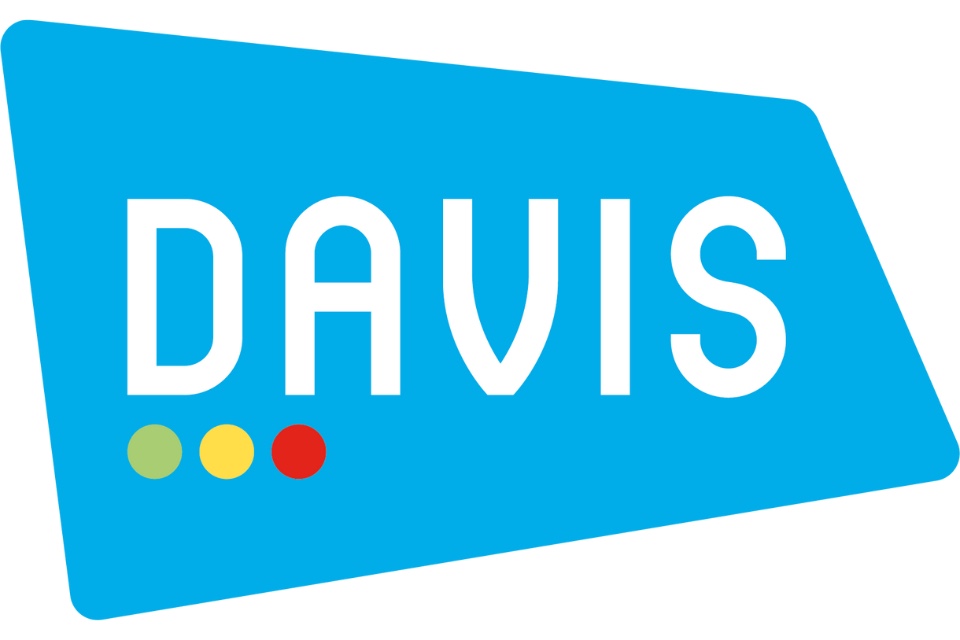In the UK, conducting thorough risk management assessments is integral to ensuring workplace safety and operational efficiency. Every business, regardless of its industry or size, is faced with a variety of hazards that, if not properly managed, can result in harm to individuals, damage to assets, and operational disruptions. Here are the main types of hazards UK companies should be vigilant about, as detailed by delegate and suppliers attending the Occupational Safety & Health Forum…
- Physical Hazards:
- Example: Machinery in a manufacturing plant that lacks appropriate safety guards can lead to injuries.
- Mitigation: Regular equipment inspections and ensuring employees are adequately trained on machinery use can reduce these risks.
- Chemical Hazards:
- Example: A cleaning company using toxic substances without proper ventilation can expose employees to harmful chemicals.
- Mitigation: Using less hazardous alternatives, ensuring proper storage, and providing protective equipment can help.
- Biological Hazards:
- Example: In a healthcare setting, medical staff may be exposed to infectious diseases.
- Mitigation: Implement strict hygiene protocols and provide necessary vaccinations to staff.
- Ergonomic Hazards:
- Example: An office worker using an improperly set up workstation may develop musculoskeletal disorders over time.
- Mitigation: Ergonomic assessments and adjustments to workstations can alleviate these concerns.
- Psychosocial Hazards:
- Example: Employees in high-pressure jobs may face burnout or excessive stress.
- Mitigation: Providing mental health resources, fostering a positive work environment, and managing workloads effectively can help address these risks.
- Electrical Hazards:
- Example: Faulty wiring in a commercial building can lead to electrical fires or electrocution.
- Mitigation: Regular inspections and prompt repairs, along with employee training on electrical safety, are key.
- Environmental Hazards:
- Example: A construction site located near a river may be prone to flooding.
- Mitigation: Adequate drainage systems and weather monitoring can prevent potential disasters.
- Fire Hazards:
- Example: A restaurant kitchen without a proper fire suppression system can quickly become a fire hazard.
- Mitigation: Regular equipment checks, fire drills, and clear evacuation routes can be life-saving.
- Technological Hazards:
- Example: An e-commerce platform without proper cybersecurity measures may fall victim to data breaches.
- Mitigation: Implementing strong cybersecurity protocols and regular system updates can shield businesses from these risks.
- Legal and Compliance Hazards:
- Example: A company unknowingly violating data protection laws, such as GDPR, can face hefty fines.
- Mitigation: Staying updated with local regulations and conducting periodic legal audits can keep businesses compliant.
Legal and regulatory structures are robust, so it’s crucial for companies to identify these hazards proactively. By doing so, they not only protect their workforce and assets but also ensure smooth, uninterrupted operations. Regular risk management assessments, coupled with a dynamic approach to evolving threats, will position businesses to navigate hazards effectively.
Are you planning Risk Management Assessments for your organisation? The Occupational Safety & Health Forum can help!







